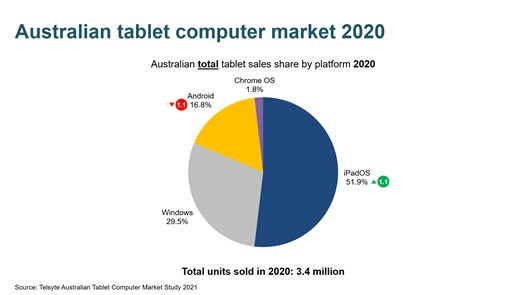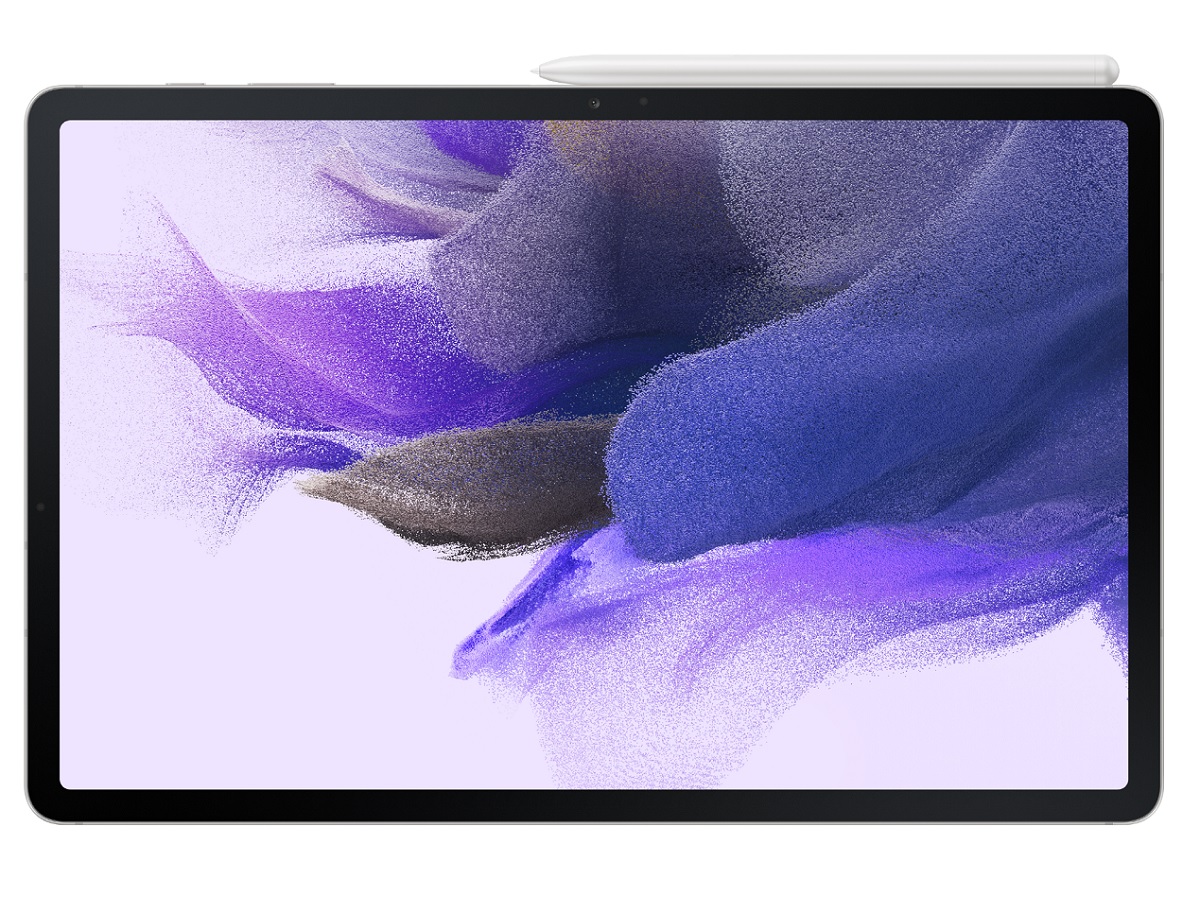A shift to working from home, more remote learning and entertainment uses such as gaming, has resulted in 3.4 million tablets and 4.1 million computer PCs being sold in 2020, up 12% and 14% respectively compared to a year ago, according to new research from tech analyst firm, Telsyte.
The Telsyte Australian Tablet Computer Market Study 2021 found demand for accessories also surged, as three in five people in the workforce now have a special setup allowing them to work from home. Sales for additional computer monitors were up 22% and ergonomic chairs rose 21%.
Apple remained the leading vendor in the tablet market with more than half of tablets sold in 2020 being iPads, increasing 14% year-on-year. The top three vendors for 2020 were Apple, Samsung and Microsoft, with combined sales reaching nearly 85% of the total tablet market.
Consumers are also spending more with tablet ASPs increasing nearly 6% year-on-year to around $850 in 2020, due to higher demand for better performance and a preference for 2-in-1s over traditional slate-only use cases.

Computers still important for entertainment, e-commerce
The humble PC also saw a resurgence in 2020 with Telsyte research finding 67% of sales for notebooks, up 3% driven by the flexibility of laptop form factors over desktops.
The ASP of computer devices in 2020 also increased, by 14% year-on-year to over $1,200, led by demand for better performance, larger screen sizes and supply shortages that pushed up prices.
Apple Mac computer sales jumped 16% in 2020, thanks in part to the huge interest in Apple’s new M1 system-on-a-chip. Windows computers also saw double digit growth in sales, increasing 14%. Of the 4.1 million computers sold in 2020, the majority, 84%, were Windows-based devices.
Computers remained the primary device for Australians when it comes to entertainment and other online activities such as online shopping. More than six million Australians played games on computers in 2020, an increase of 13% from 2019. And the PC is still the main device used for search and making final purchases for nearly 60% of those who conducted online shopping activities in 2020.

